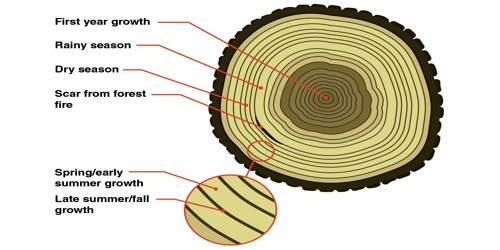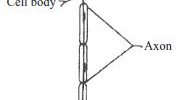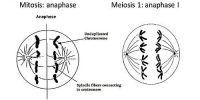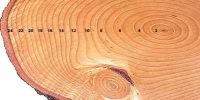An annual ring might be defined as a ring of vascular tissue formed by the fascicular cambium during the course of one year. In temperate regions, the growth period is usually one year, in which case the growth ring may be called an “annual ring.” In each annual ring, the xylem consists of two types of wood elements specifically spring wood or early wood and autumn wood or late wood. It normally exists in trees where the climate halts growth at some point during the year. In tropical regions, growth rings may not be discernible or are not annual.
Formation of Annual ring:
(i) In favorable conditions or seasons, i.e. in the spring season, when plants get rapid growth, cambium grows more vessels with large cavities and thin walls in order to meet up the demand for water. Suppose a country where it rains all year long. So in such an area, the beginning and end of the growth stage may happen any time during the year, depending on the local circumstances.
(ii) The wood or xylem tissue formed in the spring with this type of xylem vessel is known as spring wood or early wood.
(iii) In adverse season, i.e. in the autumn season, when plants reduce their growth or usually don’t grow, cambium produces vessels with thick walls and narrow cavities.
(iv) The wood or xylem tissues formed in the winter season are known as autumn wood or late wood.
(v) Therefore in one year, normally two types of wood are formed and those two types combinedly form a concentric ring, with vessels of large cavities and thin walls (spring wood) and vessels of narrow cavities and thick walls (Late wood / Autumn wood) known as the annual ring.
(vi) By counting the number of the annual ring, the approximate age of a plant can be estimated. Some trees in tropical forests, like the Gaboon, manage to generate several dozen very thin rings in a year, and never a similar number from one year to the next. It is often complicated, even impossible, to differentiate them with the naked eye. In such cases, it is enormously tough to confirm the age of the tree.

















